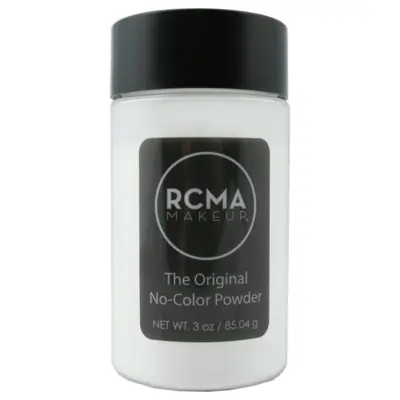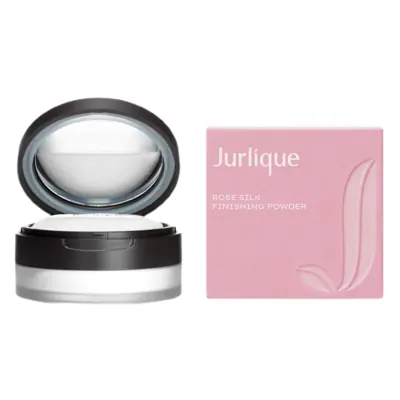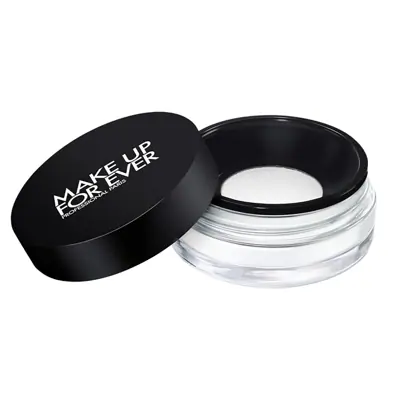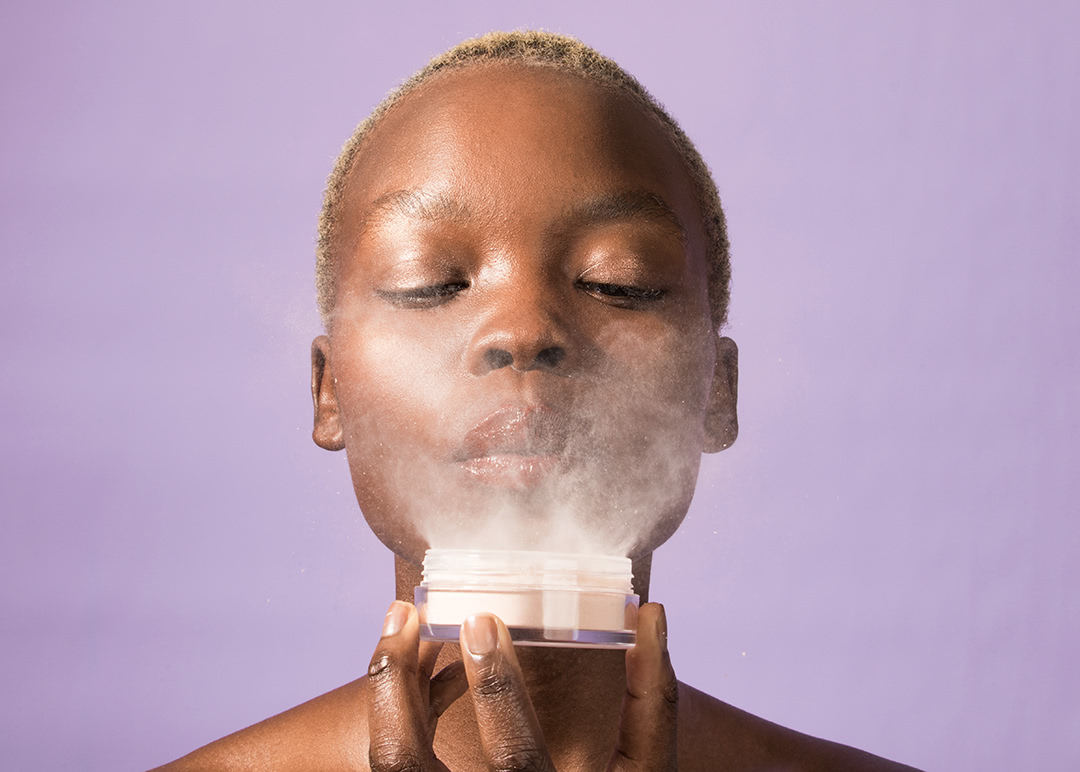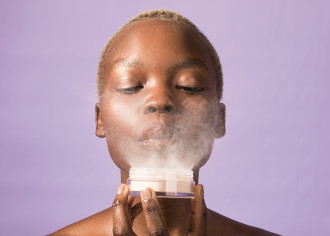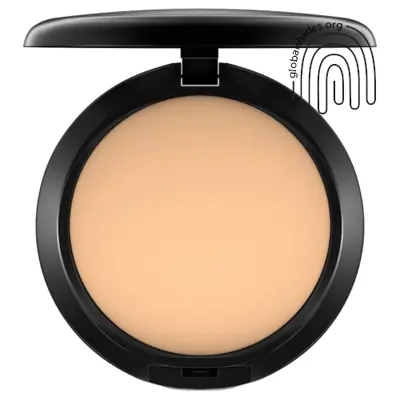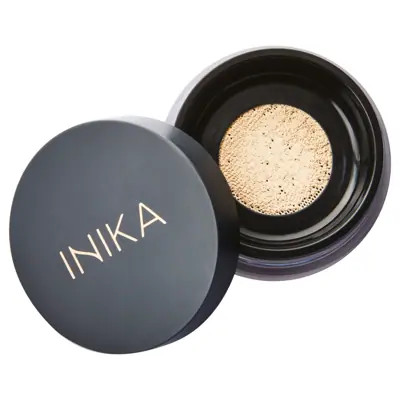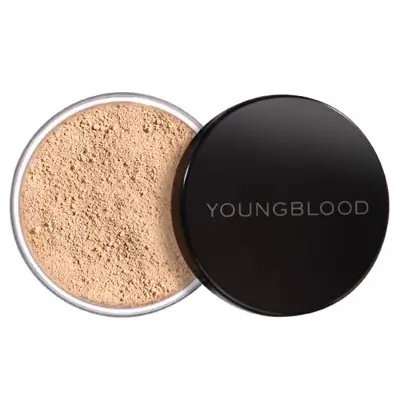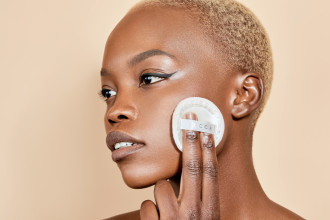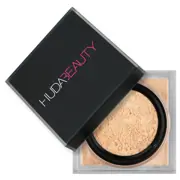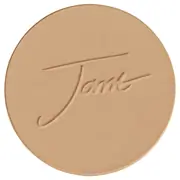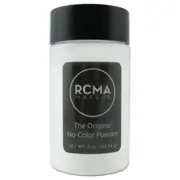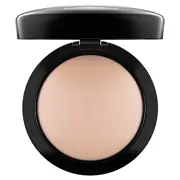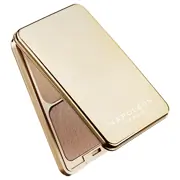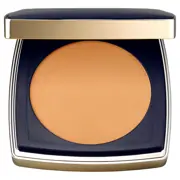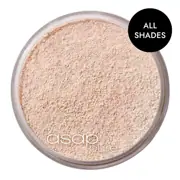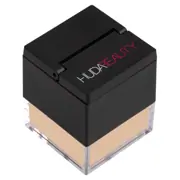Everyone knows the right powder can be a game-changer within your makeup routine. Unfortunately, with so many options available, it can take time to decide which is suitable for your needs.
For example, are translucent powder, baking powder, and setting powder the same? If not, what is the difference between translucent powder and baking powder? Which is the best one to use?
If you’re struggling to make a selection, we at Adore Beauty are here to help! From answering questions like, ‘what does setting and translucent powder do?’, and ‘which translucent powder is best?,’ we can outline which one you should use for a beautifully finished makeup look.
So, let’s get into it and discover whether a translucent, baking, setting or coloured powder is the missing ingredient in your beauty regimen.
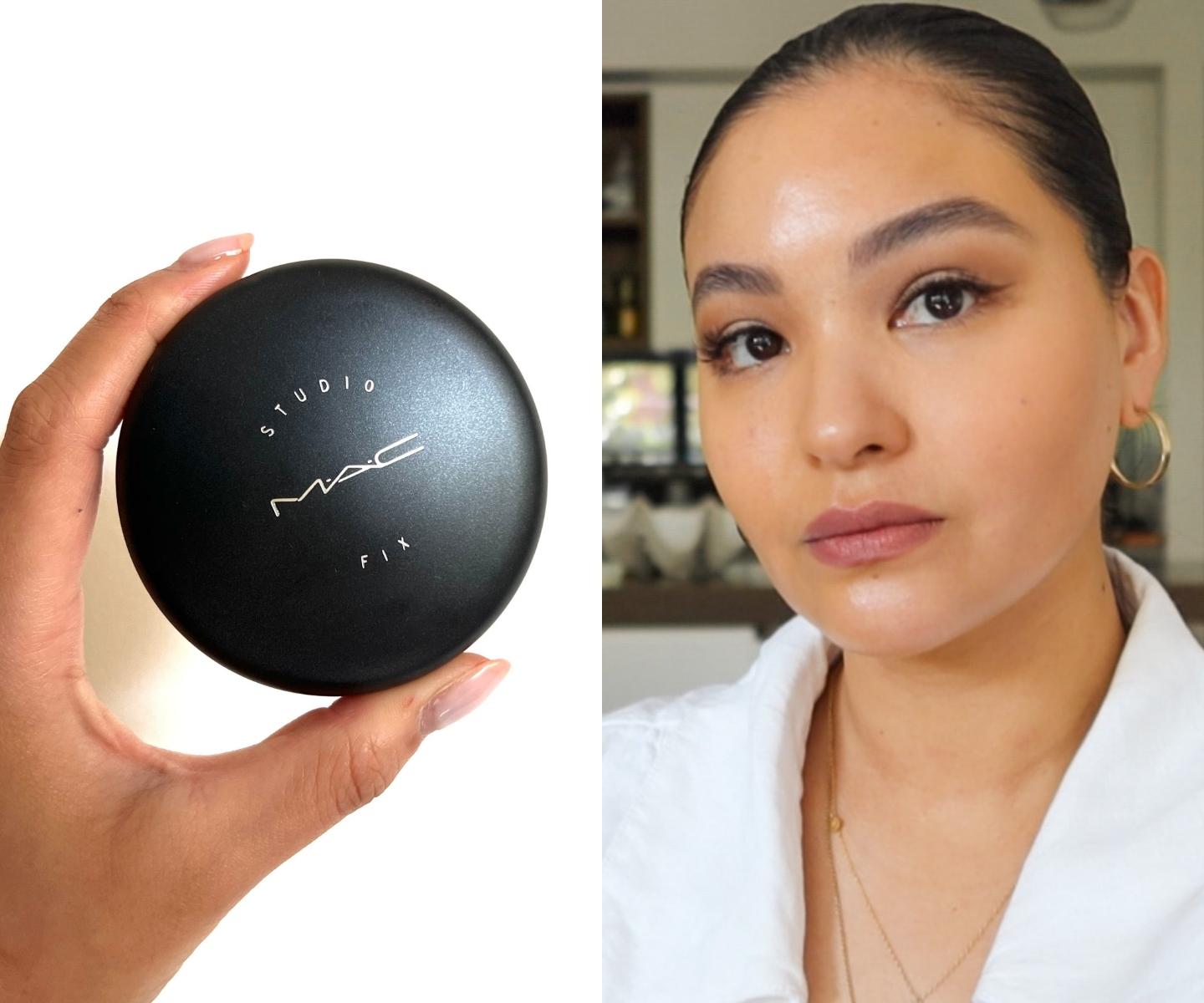
What is Translucent Powder & What Does It Do?
When choosing various products for a makeup routine, it is often asked what the difference between translucent powder and baking powder is, as well as setting and coloured powder options.
Well, translucent powder is a reliable tool for any makeup-wearer to have in her makeup bag. But when and why should you use it?
Translucent powder is best used to set makeup or finish a look. A colourless powder isn't going to provide coverage or even your skin tone. A translucent powder is better for smoothing out uneven textures, such as scarring, visible pores, bumpiness, or roughness.
In short, this powder type is used after makeup application, before setting spray, or as a means of setting makeup on its own—but not as a means of coverage.
In relation to baking powder, this refers to using translucent powder on areas on your face that will crease over time. Leaving the powder to ‘bake’ for 5 minutes will help to guarantee a flawless finish lasting from dawn until dusk.
So, how can you tell the difference between translucent powder and baking powder? Let’s find out!
Does Translucent Powder Have Colour, or Is It Clear?
Colour is a crucial indicator of the difference between translucent powder and baking powder. In short, translucent powder is clear in colour.
These formulas do not contain any colour or pigment, as their primary use is to brighten the complexion, absorb excess oil and reduce the shine of the skin. Knowing what you want to achieve and how to use translucent finishing powder will help you determine whether you should use these or a coloured powder.
Is Translucent Powder and Baking Powder the Same?
You are not alone if you wonder what the difference between translucent powder and baking powder is. Baking powder can be used to set your makeup, but it will not offer shine control or the brightening effect that a translucent powder can. So, while translucent and baking powder may appear the same on the surface, you should be aware of differences.
Is Translucent Powder and Setting Powder the Same?
Is setting powder the same as a translucent powder? It is a common question. A translucent powder can be a setting powder or a finishing powder. Translucent and setting powder are the same when both focus on keeping makeup in place and controlling unwanted shine. This sets them apart from coloured powder and pigmented baking powder products.

Some great options for translucent powders
Want to know the difference between translucent powder and other powder options? Here are some of the best translucent powders to choose from!



